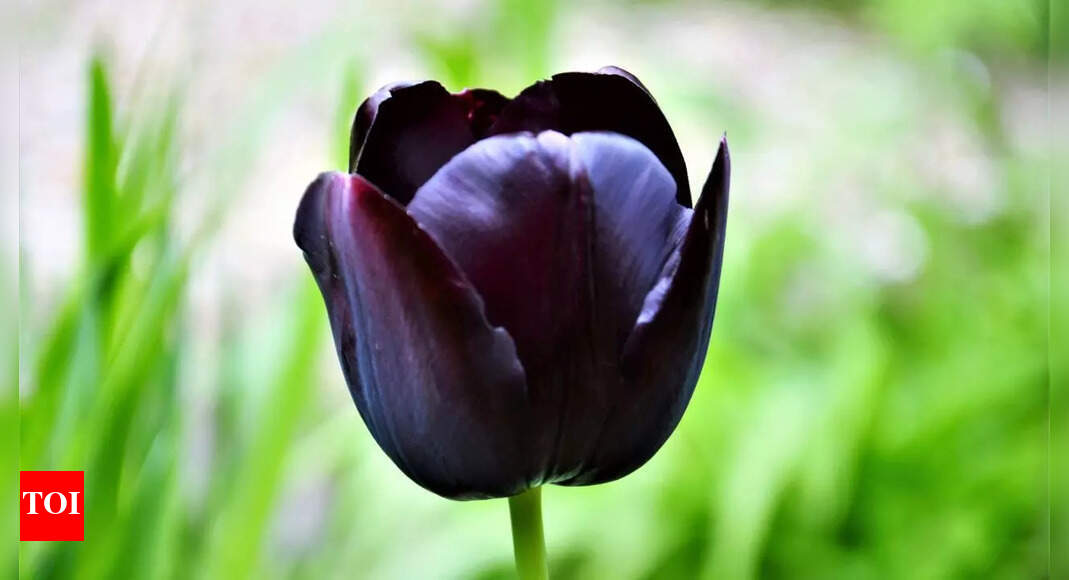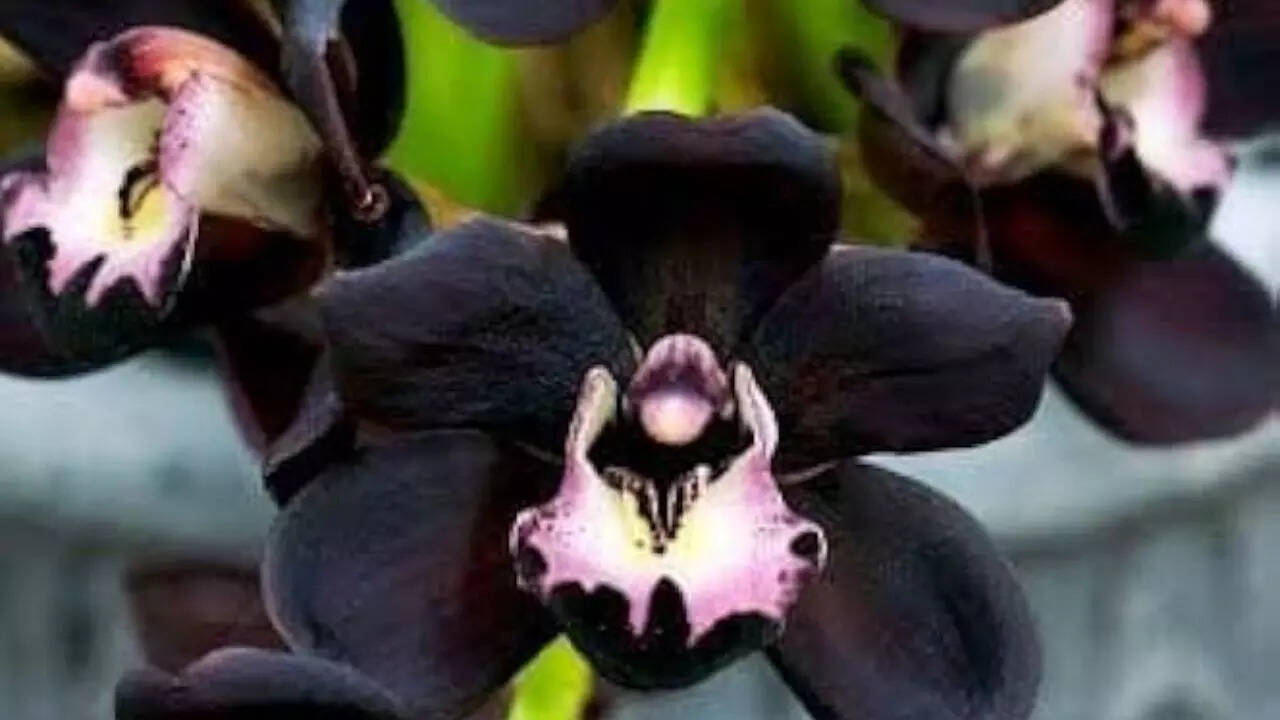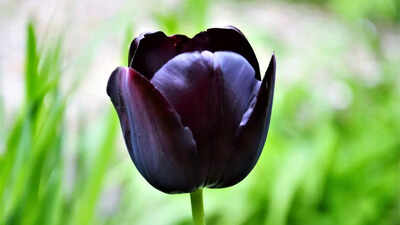
Black flowers are among the rarest and most captivating blooms in nature, admired for their deep, mysterious hues and striking appearance. Unlike typical bright-colored flowers, black flowers often appear dark purple, red, or blue, creating an illusion of true black. Their rarity is influenced by unique pigmentation, genetic factors, pollination patterns, and specific environmental conditions. Beyond their botanical intrigue, black flowers hold cultural and symbolic significance, representing mystery, elegance, mourning, or renewal. From black tulips to exotic orchids, these extraordinary blooms continue to fascinate gardeners, florists, and nature enthusiasts alike, blending science, beauty, and symbolism in one rare spectacle.
The science behind black flowers
Understanding why black flowers are rare begins with flower pigmentation. Flowers get their colours from pigments such as anthocyanins, carotenoids, and chlorophyll. True black pigments do not exist in flowers. Instead, what we perceive as black is usually a very deep shade of purple, red, or blue. These hues, combined with light absorption and environmental factors, create the illusion of black.
- High pigment concentration: Many black-looking flowers have a high level of anthocyanins, the pigment responsible for red, blue, and purple shades. When light interacts with these pigments, the petals appear almost black.
- Light absorption: Dark petals absorb most wavelengths of light, enhancing their deep, rich colour.
- Genetic factors: Certain black flowers, such as the
black tulip , are rare due to specific genetic mutations that intensify pigment production, making them uncommon in nature.

How pollination affects flower colour
Flower colour often evolves to attract pollinators. Brightly coloured flowers appeal to bees, butterflies, and birds, while darker blooms attract specialized insects like beetles or flies. Because black flowers are less visible to most pollinators, they reproduce less frequently, contributing to their rarity. Limited pollination and genetic diversity make black flowers less widespread than their colourful counterparts.
Environmental factors influencing black blooms
The environment plays a key role in the development of black flowers. Dark-pigmented flowers tend to thrive in cooler climates where anthocyanin production is enhanced. Many black flowers are also difficult to cultivate on a large scale, requiring precise soil conditions, humidity levels, and sunlight. These specific growth requirements further restrict their occurrence in gardens and the wild, enhancing their elusive nature.
Cultural and symbolic significance of black flowers
Black flowers carry deep cultural and symbolic meaning across the world. Their rare and striking appearance often evokes feelings of mystery, elegance, and even melancholy.
- Mourning and loss: In many cultures, black flowers represent grief, death, or remembrance and are commonly used in funerals.
- Elegance and mystery: Their rarity makes them a symbol of sophistication, uniqueness, and intrigue, often used in ornamental gardening and floral design.
- Rebirth and renewal: Some traditions associate black flowers with new beginnings, reflecting the cycle of life, death, and rebirth.
Notable examples of black flowers
Despite their scarcity, several species are known for their near-black petals:
- Black Tulip (Tulipa ‘Queen of Night’): Famous for its deep, velvety petals, it is a favourite in ornamental gardens.
- Black Orchid (Cymbidium): Some orchid varieties, particularly Cymbidium, feature very dark petals that appear black.
- Black Calla Lily (Zantedeschia): This elegant flower is used in high-end floral arrangements and weddings.
- Bat Flower (Tacca palmata): Named for its bat-like shape, this rare tropical flower has dark petals and long whisker-like bracts.
- Black Hollyhock (Alcea rosea ‘Nigra’): A deep purple to black variety of hollyhock, highly prized by gardeners for its dramatic look.
Black flowers are coveted for their rarity and visual impact. Gardeners use them as dramatic focal points, while florists incorporate them into luxury arrangements and wedding décor, especially for gothic or alternative themes. Their scarcity and elegance make them a symbol of exclusivity, often commanding higher prices.
Tips for growing black flowers
Growing black flowers requires attention and care:
- Select the right varieties: Opt for black tulips, calla lilies, or hollyhocks, which are the most accessible black flowers.
- Provide proper soil and drainage: Well-drained, fertile soil with a slightly acidic pH supports healthy growth.
- Ensure optimal conditions: Adequate sunlight or partial shade helps flowers produce the dark pigments needed for their black appearance.
- Be patient: Black flowers may not reach full intensity immediately. Consistent care and attention to soil and nutrients are key.
Black flowers remain one of nature’s most captivating botanical wonders. Their deep, mysterious hues, combined with rarity and cultural significance, make them stand out in gardens and floral displays. While not truly black, their dark tones symbolize elegance, mystery, and sophistication, enchanting all who encounter them. Whether admired in the wild, grown in a home garden, or used in ceremonial arrangements, black flowers continue to fascinate and inspire.Also Read: How to prevent window condensation in autumn using baking soda








